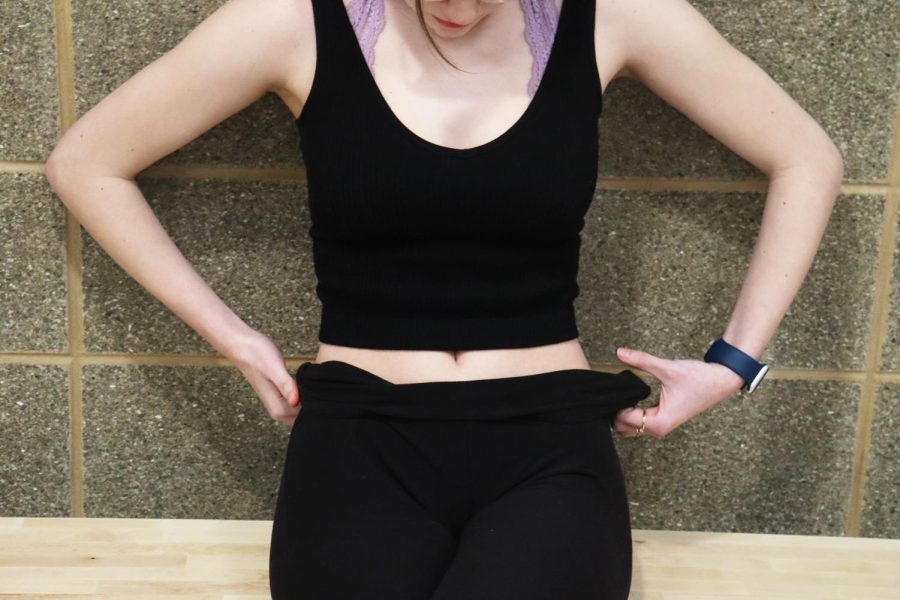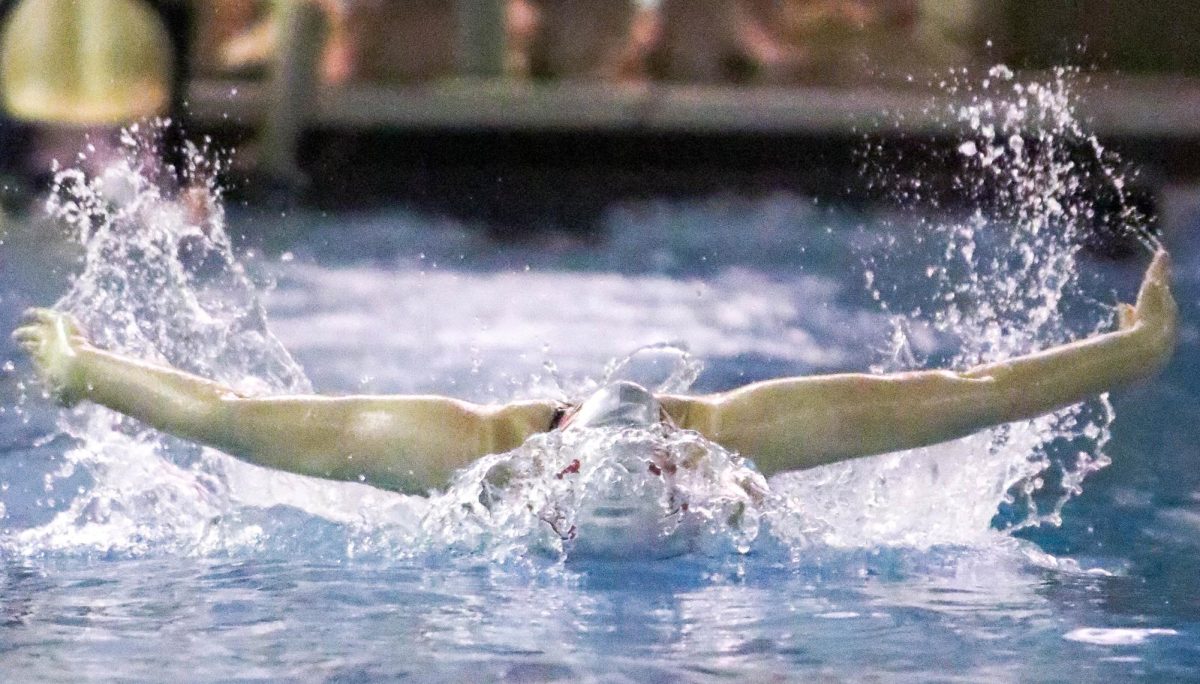Restricted Fashion
Dress code sparks renewed student resistance
“We know fashion trends come and go, and we want students to be able to express themselves with fashion as long as it’s within the limits of our dress codes,” Dr. David Kelly said.
March 1, 2022
Resistance against the long-standing dress code has been growing as students become more individualistic with their style. This has caused a communication gap between administrators and students.
Some teachers believe that dress codes can be beneficial to students and their learning process. Sarah Garrison, a math teacher and National Honor Society sponsor, agrees.
“I like the dress code because it is a mediator,” Garrison said. “I feel like dress should not be a stressor for students. When they’re worried about appearance or attention, or they’re worried about their outfit not stacking up to someone else’s, it can cause … stress that can take away from learning. If you run wild, students will take advantage — it keeps a neutral environment that focuses on learning.”
The dress code was put into place to prevent distractions within the school. However, many students have said that they don’t experience any hindrances from the clothing that violates dress code. Sophomore Makenna Winkler can attest to that belief.
“I can’t remember one time when I saw someone and immediately thought, ‘Oh my God, that person isn’t following the dress code, how am I supposed to do my work if I can’t stop looking at them,’ ” Winkler said. “From what I’ve heard, everyone can agree that no one really cares.”
Students have pushed back against the dress code in various ways. Teachers say the dress code strives to achieve equality.
“Our dress code doesn’t stop you from dying your hair or participating in an ethnic culture if you are a part of that,” Garrison said. “If you are getting in trouble for wearing a racial slur or derogatory terms, the school is supposed to be a place where everyone is comfortable — they should think about the school environment and its purpose.”
Being unable to follow the set dress code can ultimately lead to a type of punishment. Some students believe that the consequences can be inflexible.
“Due to all the overly strict rules in the dress code, it is way more harmful than helpful if anything,” Winkler said. “At the beginning of the year, I was told after being dress coded once that the next time would be detention and after that, in-school suspension.”
Dr. David Kelly, Nixa High School principal, says that discussions about dress code shouldn’t cause problems.
“We’ll ask a student to correct whatever is wrong. If there is a pattern, it’ll go to one, then two, after-school detentions,” Kelly said. “Usually, the issue is that the students don’t respond in a productive way. We just want to get the issue to be corrected and to move on, but sometimes their reactions aren’t appropriate. We try to get them to the office if it becomes a bigger issue. The majority of the time, the student complies — it doesn’t have to be that big of a deal.”
Breaking the dress code can impact a student’s standing within the school. National Honor Society has rules regarding dress codes, and getting written up can cause removal from the program.
“In NHS, it’s about being a good citizen of the school and community, if you break school rules, even if you don’t agree, when you are in NHS, it says you have to adhere to school rules,” Garrison said.
Opponents of the dress code say it comes down to comfort and individuality.
“I know that dress coding is in place so that all the guys don’t get distracted from their work, but what about girls who are too distracted from their school work because they are worried about getting detention for wearing what they are comfortable in,” Winkler said. “I understand that some things shouldn’t be worn to school, but an inch of stomach, a shoulder or one too many rips in your jeans are all great examples of how some staff members have taken dress coding too far.”
Students’ complaints against the dress code have been heard by both teachers and administration.
“Typically, what we hear is that the dress code is applied inconsistently – we’ve heard things along the lines of, ‘I’ve sat in these hours and no one said anything, but at a certain hour, I was coded,’ ” Kelly said. “I can understand the potential problems that the dress code can bring. I have two daughters, and it has gotten harder for parents to buy clothes that meet the minimum dress code standard that we have. The popular fashions and styles; that’s what the manufacturers are producing, so that has been part of the issue.”
Wearing hats inside the school is something that students have been pushing for.
“Hats could be something that changes, since the traditional viewpoint of not wearing hats in a building isn’t really there,” Kelly said. “You go everywhere and see people in hats, so that could be something I see. However, there’s an engagement piece with hats, where it can look like they’re engaged but they’re not — but the same could be seen with masks. It’s a multifaceted issue.”
Despite negative feelings about the dress code, students can see some of the benefits that they can bring to the school.
“To an extent, the dress coding is important,” Winkler said. “Not allowing students to wear hats and hoods is for safety and makes it easier to identify school shooters or other people who should not be in the building.”
Administration is always open to listening to feedback from students.
“We want to work with students about it,” Kelly said. “We know fashion trends come and go, and we want students to be able to express themselves with fashion as long as it’s within the limits of our dress codes.”







